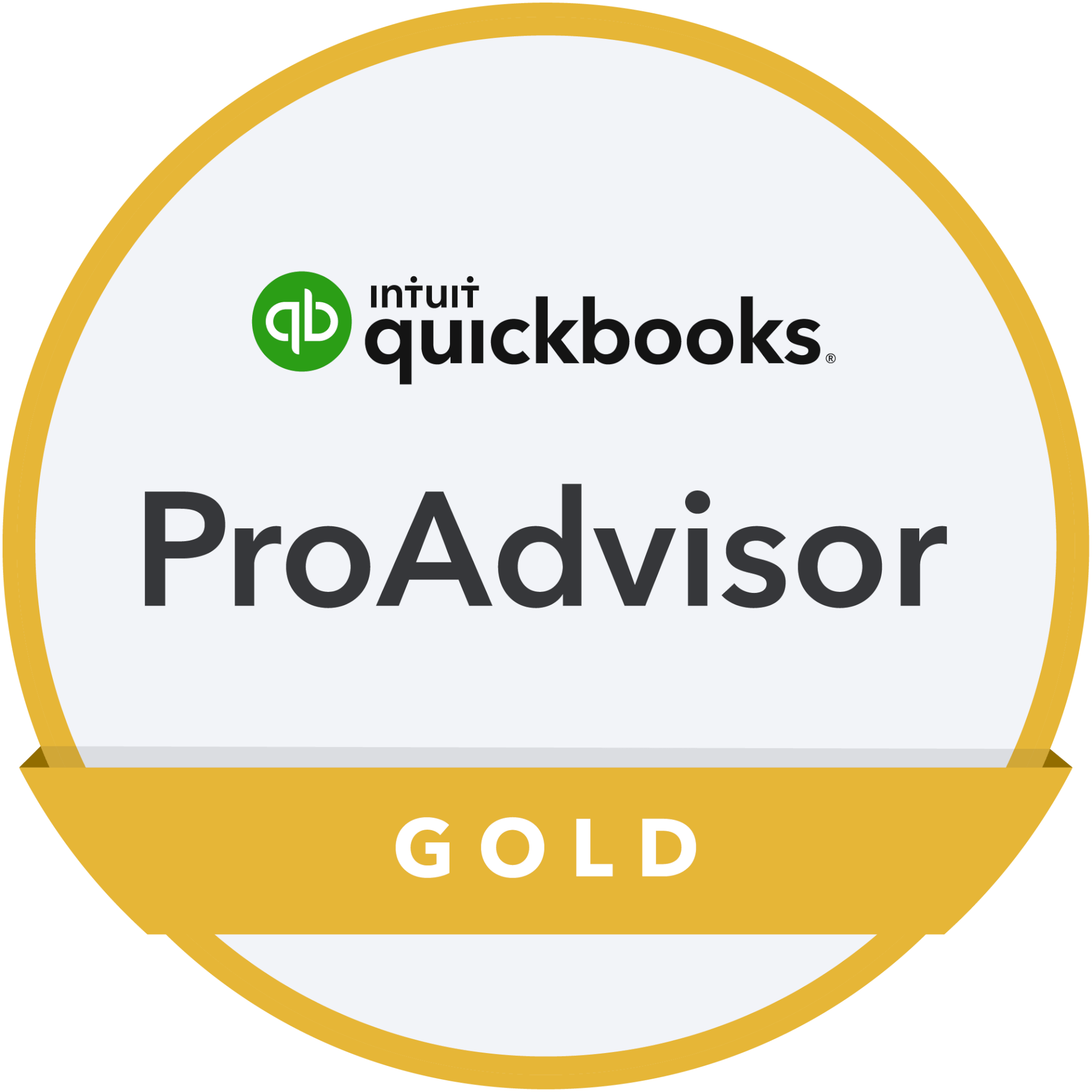How we approach planning the new year…
Getting a head start on planning the new year can be a really smart thing to do. It can bring your family and team on board in a more positive way than ever before, and keep you focussed too. With that in mind, in this post I’m sharing the process that we use, and the benefits we’ve found from it.
It’s a process that we learnt from somebody else, that we’ve been using for a number of years and it’s worked really nicely for us.
Where do you start?
1 We start with our personal lives.
That’s our priority. Yes, we have a slightly different focus to many clients as we’re not driving for significant growth in our business, but we used this method of planning the new year when we had our first business, and it was possibly even more effective then.
The problem is that as business owners our personal choices tend to be last on the list. We squeeze holidays in when, or if, we can, and many business owners come behind everyone else to get paid too.
This planning process flips that on its head!
Start with a blank sheet of paper and think about what you’d like personally over the next twelve months. Think about:
- Holidays (Covid permitting!)
- Home improvements.
- A house move.
- Major purchases you might like to make, or that may be necessary.
- How else might life be more enjoyable? Concert tickets, a weekly cleaner, a new car? What about things like a holiday home, or learning to fly? What have you (or your family) always wanted to do, but never quite got to?
Don’t be afraid to think big here.
Life is short, and now is the time to think about the memories that you’d like to make with family or friends, experiences you’d like to have.
So for us with our slightly unusual business model, including our travelling, holidays and family time, we’ll go away in the motorhome for a weekend, take ourselves out of the day-to-day and brainstorm what we want from the coming year. That will include things that we want to do in terms of travelling, holidays, savings, experiences, and any family events or ‘one-offs’ we’ve got coming up. Then we’ll talk about the more ‘out there’ ideas…
Once we’ve got to that point, we’ll work out the associated costs. Some of the wish list may have to be held back, whether through cost, time required or some other reason, but the list that we decide on for the year ahead then goes onto the planner.
We have dates set for these, before we look at anything for the business.
One caveat here is that you have to be realistic!
There may be some business commitments that you need to take into account when you’re putting your personal plan on the calendar, and for us it’s very much things like deadlines.
- We have a lot of clients who have a 31st of March year end, so their accounts need to be filed by the 31st of December. So realistically that means they need to be done by Christmas, so we’ll make sure that we’re around at these times because there’s always a lot going on.
- Similarly, the end of January is a big landmark for tax return filing deadlines, and there are others throughout the year. We’ll make sure that we take those into account when we’re planning the new year so that we’re around to take care of those.
From there, we’ll work out how our business looks and look at our capacity and our clients and what’s coming up with clients and make sure that we’re able to react and support those needs and those requirements.
2. Then we look to the business to finance those personal costs.
We’ll also work out at this point what we may want to do from a business perspective, as there may well be additional costs involved. We can work out what the business needs to generate for us to be able to withdraw that amount, having paid all of the costs and related tax.
Remember too at this point that there may well be extra expense within the business in the next twelve months. There may be:
- Price increases by suppliers.
- Recruitment you want to consider.
- Investment you need if equipment is coming towards the end of its lifetime.
- Finance repayments or payment holidays that are coming to an end.
- Enhancements to your service or product line that you may like to make or be forced to make to maintain market share.
It’s always advisable to make sure that you have a cash buffer in the business too, and if your outgoings are likely to be going up, that buffer could do with increasing too. We’d always recommend trying to keep at least three months worth of your committed outgoings in reserve. If you’re planning to increase your outgoings each month, increasing that reserve probably needs to be considered too!
3. Involve your team.
We’ve made a conscious choice not to have a team this time around, but once you’ve got to this point, it can be really helpful to sit down and explain the process you’ve gone through to your team members and ask them to do a similar exercise.
What you want them to be able to do is look at their goals for next year and to sit down and work those through with your business.
For example, if you’ve got a sales team, it may be that actually if they’ve got a personal goal to visit a particular destination for a dream holiday, or have a similar motivator. It may be that they’d like to upgrade their car, or a myriad of other motivations.
- What do they need to do in terms of sales to get them to that level of commission to be able to have that holiday?
- If they work out what their personal goals are, that can be a really good motivator for them in terms of sales.
But also if you can explain your business goals to your team, that helps them understand what you’ll be driving towards during next 12 months.
4. After planning the new year, you can see where your gaps are.
You can see whether the business needs to be more efficient, or to increase income. And you can clearly see how much that increase needs to be.
That gap can then be broken down, by looking at your numbers, to see what additional activity is required:
- If you know that you need to increase sales by £100,000 per year, and your average sale is £2,500, then you need forty more customers.
- How many meetings do you need to have to get that many customers signed up? Your conversion rate will tell you.
- How many leads do you need to get those meetings? How many do you get each month at the moment?
- Have you got the time allocated in your diary to have enough meetings, and to make enough calls to get those conversions?
- Can anyone else support that activity to free some of your time?
By planning the new year in this way, you can break down your extra £100,000 in revenue to a number of leads per week. If you then hit and maintain that number of leads, the increased income should follow. If you monitor the number of leads each week, you should then see the resulting increase in sales.
Watching the number of leads per week is far easier than working out where you are on the progress towards £100,000!
This process shows that you’ve probably already got a lot planned in!
Once we add our personal dates to our planner, we’ll add all of the work related commitments too. This includes key deadlines, and activities around those. We’ll include the Outsourced FD meetings that Chris has, and time for review meetings and new client meetings.
Once we’ve added our own training events and planning time, the diary for 2022 is looking pretty full!
This is really powerful though!
It leaves us with clear windows of opportunity to fit in focussed work on other projects.
I know I have a project that needs to be finalised by the middle of January, with another starting in March. These will both need to fit into quite restricted time windows. That knowledge will force me to work with our external suppliers to make sure we hit the deadlines. I also need to be efficient in getting them the information they’ll need, and not let time drift and then wonder why I’m running behind!
So having it all mapped out brings real clarity.
- You don’t get to the end of August and realise that actually you haven’t achieved anything.
- You know what your smaller, monthly goals look like.
- You can create a scorecard that you (and your team) can watch avidly for a clear idea on progress.
Development time is already scheduled, and you ‘just’ have to turn up each day and follow the plan. This helps you make good progress towards achieving the year’s goals and make informed decisions about any new options.
- Should you take an extra day out? Of course; you’ll know what the implications are of doing so.
- Should you take on an extra project? Why not? You’ll be able to consciously decide when they could be squeezed in, and weigh up whether the return on that ‘extra’ project is actually worthwhile.
AND this is a great way to drastically reduce any family pressure…
You may go home at the end of your business day to a partner who gives you a hard time. You wouldn’t be alone if that’s the case!
We’d strongly recommend that you sit down with your partner, and your family, and involve them in your personal planning. Then explain how that feeds into your business planning and activity to achieve those personal goals.
You might find that it actually makes life a little bit easier at home in future!
How can you plan after a Pandemic?
We all know that implementing a plan has been almost impossible for the last two years. Having one was highly beneficial during the pandemic though. We knew that we were organised, and had projects and dates mapped out. Of course, some of them fell by the wayside while focussed on other things but others just needed a little adjustment.
It’s a sad statistic that more businesses fail coming out of a recession than during one. Of those that fail, many will have no clear plan, no idea of their finances and will have been struggling long before the end comes.
Obviously we hope that the worst is behind us, but some thought and planning for the new year now, will put you in the best position as the economy continues to recover.
As I mentioned before, we’ve used this approach for many years. If you’ve ever struggled to work how to approach planning the new year, this way could work for you too! If you do decide to implement it for the first time, then we’d love to hear how you get on. Similarly, if you have any questions, please get in touch!
If you have an alternate process that has worked well in the past, I’d love to hear about it. We’re always looking to tweak things that we do and how we do them.
As you do go through this or any other planning process, your business numbers can really help. Do shout if it would be helpful to talk yours through. The examples I’ve used above may not be the best ones for you to use, so swap them out! It’s always hard to see things clearly when you’re close to them; we can often provide some objective ideas and are happy to do so!
Business News
We send regular updates that keep clients aware of changes and suggestions on a wide range of subjects; if you’d like to receive those too, just add your details below and we’ll do the rest! We promise not to bombard you and you can unsubscribe at any time.


